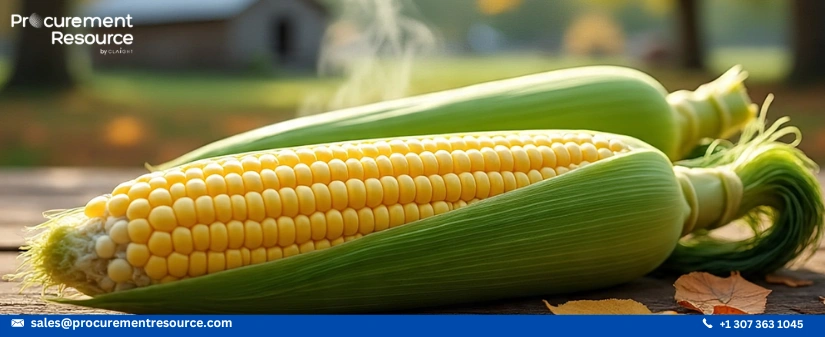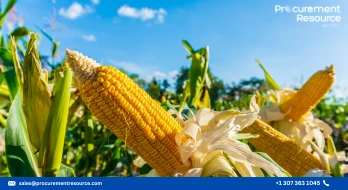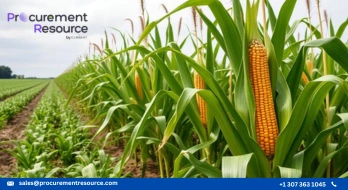USDA Initial Corn Price Estimates Misalign with Real-Time Market Data Through July 2025

- Bullish Fundamentals, Bearish Prices – The USDA projects tight corn stocks-to-use ratios (8.7% for 2024/25, 10.8% for 2025/26), which typically support higher prices, yet futures remain subdued.
- Market vs. USDA Expectations – Traders are pricing in higher yields than USDA’s conservative 181 bu/acre trendline, anticipating ample future supply that could ease projected tightness.
- Awaiting August Data – The market is in a holding pattern until the USDA’s August yield report, which could confirm or contradict current projections, driving price adjustments.
- Historical Precedent – Similar disconnects occurred in 2013/14 and 2020/21, where low stocks didn’t lift prices due to expectations of future surplus.
- Key Catalyst Ahead – Prices may stay range-bound if yields meet/exceed expectations, but a downside surprise could trigger rallies by validating tight supply concerns.
The current situation in the US corn market seems to be having a bit of a misalignment, where fundamental supply and demand factors appear to be at odds with price movements. On paper, the USDA's latest balance sheet projections show bullish signals for corn prices, with ending stocks-to-use ratios for both the 2024/25 and 2025/26 marketing years sitting at relatively tight levels historically. These tight stocks would normally suggest stronger prices, as lower supply relative to demand typically pushes values upward. However, the market has not responded to these projections in the expected manner, with corn futures prices remaining relatively low compared to what the balance sheet indicates.
This apparent contradiction stems from several key factors that go beyond the simple supply-demand relationship captured in the USDA reports. First, the market is forward-looking and incorporates expectations about future production that may differ from current USDA estimates.
While the USDA uses trendline yields in its projections until more concrete harvest data becomes available, traders and market participants are already factoring in the possibility of higher yields based on growing conditions and other observable factors. This means that even as the official balance sheet shows tight supplies, the market is pricing in the likelihood that those supplies may not be as constrained as currently projected once the new crop comes to market.
Another important consideration is the timing of information releases and how they affect market behaviour. The USDA's July estimates represent just one snapshot in time, and market participants know that these numbers will be revised in subsequent reports as more data becomes available.
The August yield survey in particular represents a critical update point that could significantly alter the supply outlook. This anticipation of potential changes leads the market to maintain a cautious stance rather than reacting strongly to what might prove to be temporary projections. The market's hesitation to price in the USDA's bullish numbers reflects this wait-and-see approach ahead of more definitive data.
The current price behaviour also reflects historical patterns where corn markets have sometimes remained subdued despite tight balance sheets when future supply expectations are strong. There is precedent for this kind of market dynamic in recent years, where prices failed to rally significantly even with relatively low stocks because traders anticipated ample future production. This pattern suggests that the market places significant weight on forward-looking supply expectations rather than just current stock levels when determining price direction. The combination of these factors helps explain why corn prices have not responded more positively to what appears on the surface to be a bullish supply and demand situation.
Read More About Corn Production Cost Reports - Request a Free Sample Copy in PDF
Looking ahead, the market appears to be in a holding pattern until more concrete information about the 2025 crop becomes available. The upcoming USDA reports, particularly the August yield estimates, will provide crucial data points that could either confirm the current balance sheet projections or reveal them to be overly conservative.
If yields come in higher than currently projected, it would validate the market's cautious stance and likely keep prices range-bound. Conversely, if yields disappoint relative to expectations, it could force a re-evaluation of supply prospects and potentially lead to stronger prices. Until then, the corn market continues to balance the USDA's current tight stock projections against the possibility of a more abundant harvest in the months ahead.



